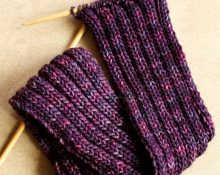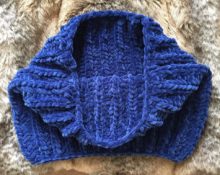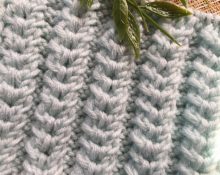The relatively recent fashion for looped scarves of different lengths (snoods) lingered in the wardrobes of knitters for a long time. This product for the cold season is really comfortable, functional and looks extremely stylish. Snoods knitted with English elastic are especially good: the result is a soft, elastic and very warm thing.
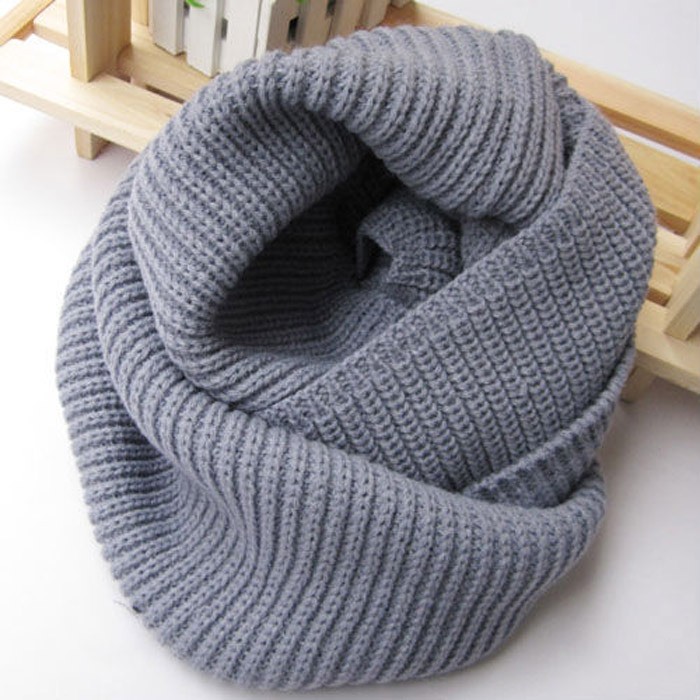
Features of knitting a snood with an English elastic band
Snood is often knitted in the round. But depending on the effect we want to get, it can also be made like a regular scarf, as if along the canvas, sewing it into a circle at the end of the work. It will be even easier to work this way, because there will be fewer loops on the knitting needles than when knitting in the round from the bottom up.
Advice! By the way, you can also make snood in rotating rows - you will get a seam on the back side of the product. From experience I can say that it will not attract much attention, and some patterns or alternating colors will be easier to create using rotary rows.
So, in the pattern English gum knitting lengthwise gives the stunning effect of embossed longitudinal lines from knit stitches. Usually, rather long snoods are knitted this way, which can be wrapped around the neck in several turns. So the seam connecting the cast-on and the last edge will not be visible. The main advantage of patent elastic is the same pattern on both sides. For a long snood, which is wrapped like a scarf, this is a rather important point.
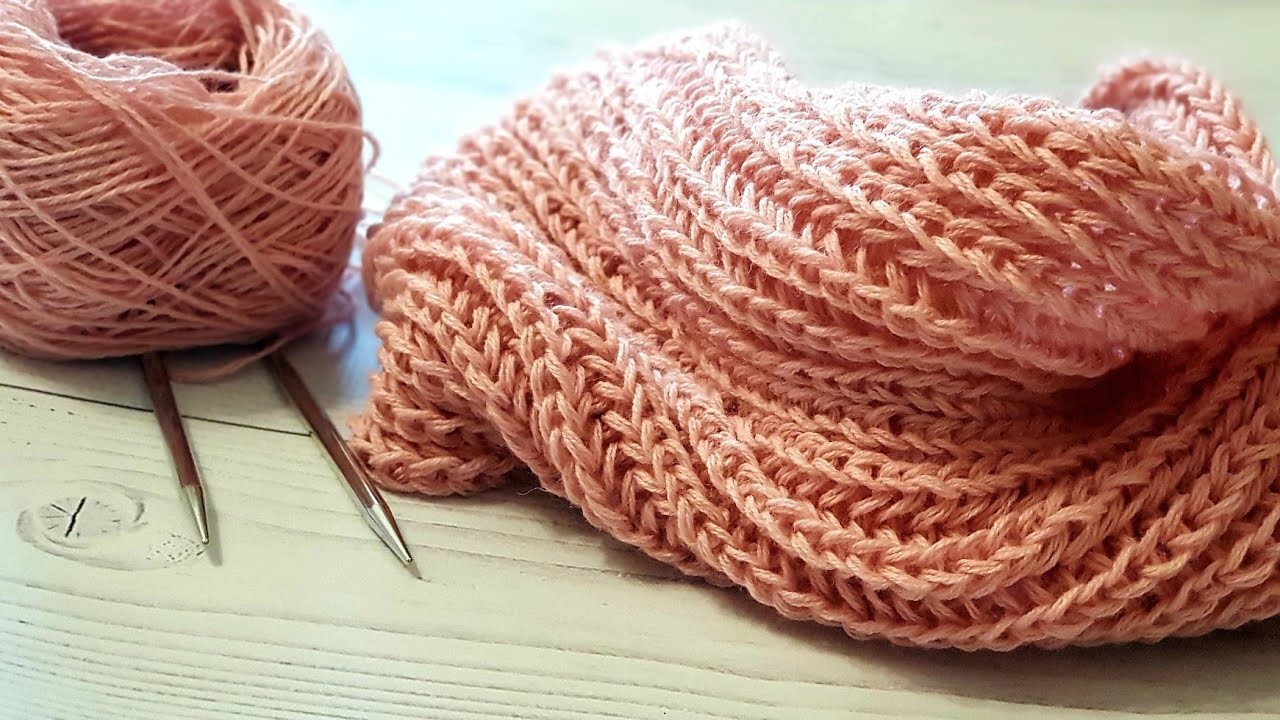
Yarn selection
There is not much to say about the color - it is selected based on the preferences of the craftswoman, as well as from the palette of outerwear with which it is planned to wear the freshly knitted new thing. In terms of composition, I personally prefer half-wool to pure wool yarn, since a product knitted from natural material will sag a lot and is not so durable and easy to care for. For opponents of acrylic, there are other combinations: with cotton, viscose, silk.
Each yarn has unique properties, so choose based on how soft and fluffy you want the product to be. Acrylic will add rigidity, mohair will add fluffiness, silk and viscose will add softness.
The thickness of the yarn is also important for the final result: how warm the snood will be, what the pattern will look like - all this depends on the thickness of the thread. The denser the yarn, the more expressive the English rib looks. And it is when knitting a snood that you can afford to choose a thicker thread. In general, if the package indicates a length of 100–300 m in 100 grams, this is what you need for snood (the fewer meters in 100 g, the thicker the thread).
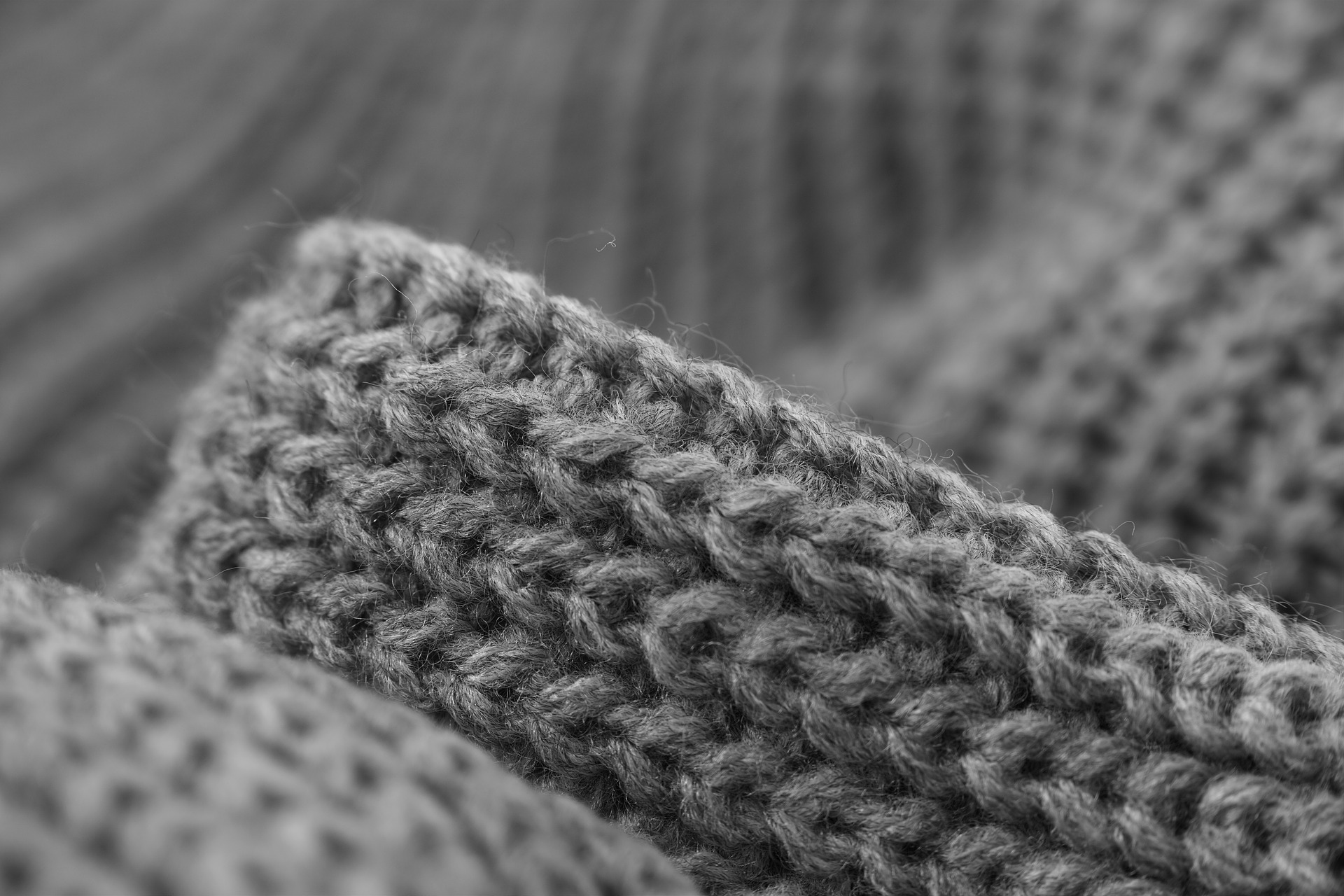
Knitting needle selection
Everything is simple here: depending on the yarn, we choose the thickness (or number) of the knitting needles. The recommended size is always indicated on the packaging (tag).But the craftswoman has the right to experiment with the tool, plus the knitting density is different for everyone, so there is no clear recommendation here and cannot be. But it is important to follow the manufacturer’s instructions.
Depending on the snood model, you need to choose circular or straight knitting needles. As for the materials from which the main tools of knitters are made, it is difficult to say unequivocally. Each craftswoman chooses her favorite option: polished or painted steel, wood or bamboo.
Loop calculation
I never tire of repeating the need to knit a pattern. Although, when casting on loops with a snood, being wrong by a couple of centimeters is not such a big problem. I would like to note that the instructions on the yarn packaging regarding the number of loops in a 10*10 cm square are only about the stockinette stitch. So knit a small sample, perform a WTO and calculate the required number of stitches to cast on.
Important! It is worth buying one spare skein of yarn, because if the purchased threads are not enough for the product, you may subsequently not guess with the shade. Even if you know the color code, this is not a guarantee that the manufacturer will not slightly change some characteristics when releasing the next batch. The leftovers can be used for blended yarn: combining several suitable skeins into two or three threads and creating a unique fabric for another snood or hat.
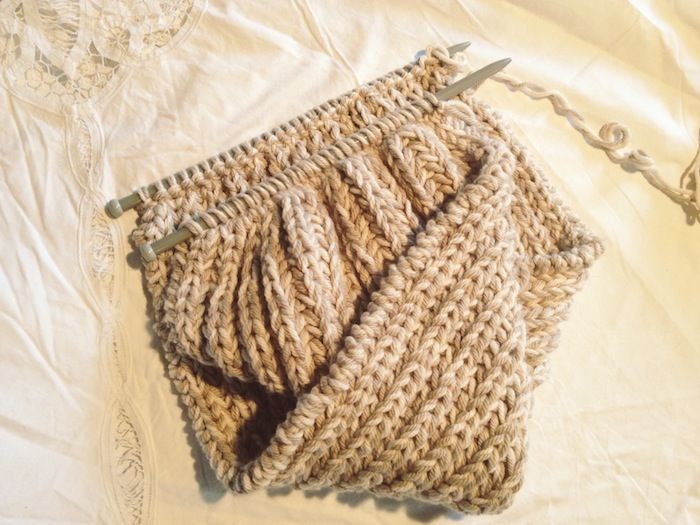
Snood with an English elastic band in one turn
Of course, it can be created by analogy with the product described above, only choose a shorter length - about 60 cm. But there is another option - knitting on circular knitting needles from the bottom up. The snood will come out with a different pattern and without a seam. Here an even number of loops is cast, corresponding to the length of the product, and one more + 1 for closing in a circle.The knitting technology will be slightly different due to working in the round. I advise you to use a marker so as not to lose the beginning of the row.
- First - the first stitch is removed with a double crochet, knit stitch.
- The second - a double loop is knitted purlwise, a single loop is removed with a crochet.
- Third - we remove the single purl with a double crochet, and knit the double knit.
- 4. Fourth - a double stitch is knitted purlwise, a single stitch is removed with a double crochet. Until the end of the product we alternate rows 3 and 4.
At the desired height (width) of the snood, close the loops. They can be closed by switching to a 1*1 rib in the last row; you can simply knit two loops and yarn over together according to the pattern, each time returning the loop to the left knitting needle.
English elastic is very good for knitting a snood. This is a voluminous double-sided pattern that allows you to create a versatile and warm item. When using different yarns and different knitting techniques using the same pattern, you can get products that are completely different from each other.


 0
0